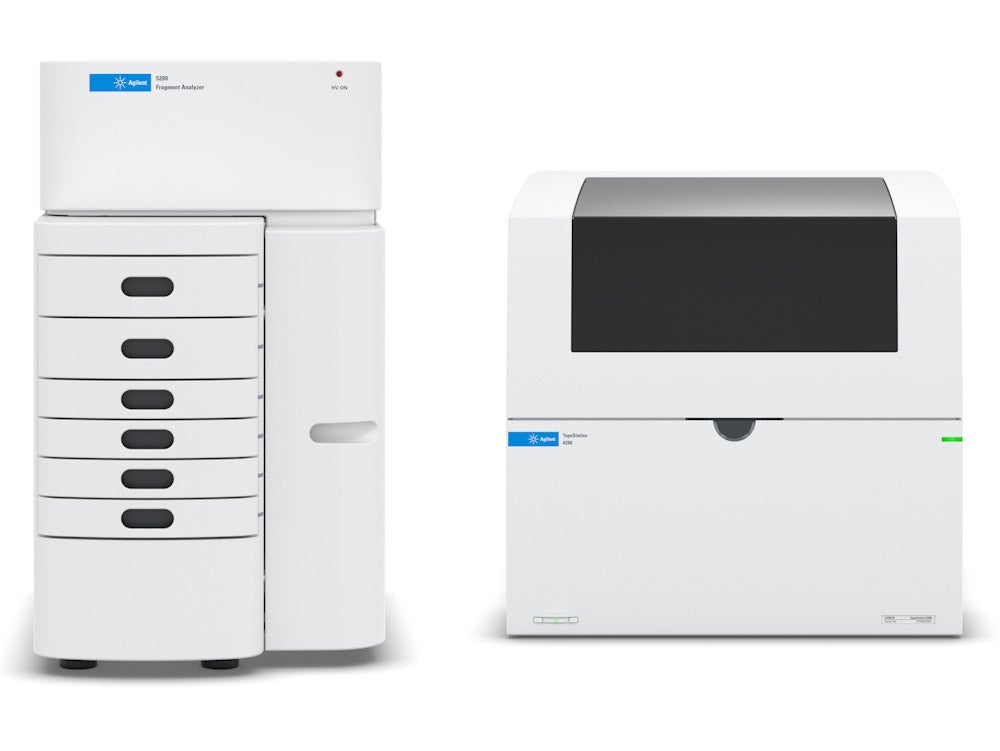
The global RNA-based pharmaceutical market is set for strong growth over the next five years, delivering a pipeline of products to treat life-threatening conditions, from cancer to infectious diseases. As an example, by 2028, GlobalData predicts that the messenger RNA (mRNA) therapeutics global market will be worth $2bn1; the liver cancer drug, OTX 2002, is expected to account for a majority value of $1.6bn.
To meet this growing demand, in-vitro transcription (IVT) RNA production processes are quickly emerging as a drug modality with the ability to transform supply, thanks to advantages that include the versatility, efficiency, and speed of manufacturing, to name a few.
The pandemic progression of Covid-19 demonstrated just how quickly a new disease and its rapidly emerging variants can spread globally. This highlighted the importance of having the agility to roll out vaccines at speed to mitigate such outbreaks.
Consequently, there has been a significant increase in investment and research and development (R&D) activity around RNA since 20202, largely driven by governments around the world prioritising an effective means of protecting populations against SARS-CoV-2.
“Biopharma is clearly excited about mRNA technology as a platform for developing both prophylactic and therapeutic agents,” says Alvaro Arjona, editor-in-chief of GlobalData’s Pharma and Healthcare media division. “We are starting to see a growing wealth of R&D activity in the clinical stage that is only prone to increase given the recent positive data from clinical trials testing mRNA vaccines in melanoma3 and respiratory syncytial virus (RSV).”4
Typically, vaccine development is a long and complex process that can take a decade or longer from discovery to regulatory approval. However, the timeline for development of the Covid-19 vaccine from discovery to emergency approval was eight months5. Along with the focusing of funding and resources, a key factor in achieving this reduced timeline was the many decades of prior research into RNA.
And the versatility and speed offered by IVT-RNA production will likely prove invaluable in developing vaccines and therapeutics to combat future diseases.
Developing RNA vaccines to combat future risks of diseases
One of the many issues that the Covid-19 pandemic exposed was the need for governments and health services to be prepared to handle a widespread outbreak of an infectious disease.
While a pandemic on the scale of Covid-19 was unexpected and is hardly a regular occurrence, the ability to rapidly develop vaccines that protect against new diseases is vital for diminishing the impact of any potential future threats should they ever arise. And IVT-RNA-derived vaccines offer a reliable and adaptable means to support these efforts. In fact, RNA used for these vaccines can be synthesised in a lab6 using a DNA template from materials that are widely available.
However, within IVT-RNA manufacturing, there remain issues surrounding the purity of fragments in the biomaterial, the extent of any impurities, the sequence, and size. In addition, there are challenges with scaling up production and checking the increasing amounts of samples to ensure high-quality end-products.

The importance of quality control in IVT-RNA manufacturing
From nucleic acid isolation and sequencing through to formulation and the final product, there is a crucial need for effective QC testing in IVT-RNA manufacturing that is reliable and can quickly confirm the purity and integrity of materials and products.
Yet challenges arise in QC when scaling up from small batches to larger volumes, with separate instruments often required at different production sizes. Analysing smaller batches of candidate biomolecules requires an instrument that is low throughput, while higher throughput instruments are required as processes are scaled up. This use of different instruments can lead to a lack of consistency in QC across different batch scales.
To solve many of these issues throughout the production pipeline, Agilent offers a suite of solutions. The company’s automated electrophoresis systems deliver reliable analysis of nucleic acid fragments and plasmid restriction digest screening during the DNA template preparation step of IVT-RNA vaccine development.
In the RNA quality check step, Agilent’s Fragment Analyzer and TapeStation systems assess the quality of IVT-RNA fragments and optimise the IVT reaction. Crucially, the Fragment Analyzer is available in two formats. The low throughput option runs a 12-capillary array, while the higher throughput version can run 48 or 96 samples at the same time.
“Whether you run 12, 48 or 96 samples, the analysis time is pretty similar,” explains Steve Siembieda, Agilent’s product marketing director for parallel capillary electrophoresis systems. “For companies, as they scale up and go from smaller batches to bigger batches, they have the flexibility to use the same instrument from beginning to end.”
The Fragment Analyzer and the TapeStation can also be used to carry out the last round of analysis to confirm the purity of the final product, while also detecting any potential degradation. And these reliable and reproducible results are pivotal to successful vaccine and drug development.
“Our technology can produce high-resolution results. We can see minor differences between the IVT-RNAs in both the smaller and larger nucleotide regions,” adds Siembieda. “One of the Fragment Analyzer assays can resolve IVT-RNAs through 9,000nts, showing the impurities and then delivering that reproducibly.”
For Research Use Only. Not for use in diagnostic procedures. PR7001-0491.
To learn more about how Agilent’s solutions can help in IVT-RNA production, download the document on this page.
References:
- https://www.globaldata.com/store/report/mrna-therapeutics-theme-analysis/
- https://www.frontiersin.org/articles/10.3389/fpubh.2022.1048062/
- https://www.clinicaltrialsarena.com/comment/mrna-anti-cancer-vaccines/
- https://www.pharmaceutical-technology.com/features/race-to-the-finish-pharma-edges-closer-to-approval-with-rsv-vaccines/
- https://www.nature.com/articles/d41586-021-02483-w/
- https://www.phgfoundation.org/briefing/rna-vaccines/


